Owners of small businesses across the United States are growing desperate as they wait for federal relief to help them survive the fallout from the COVID-19 pandemic, according to an organization that represents them.
Only one-fifth of loan applicants have received any money under the federal Paycheck Protection Program (PPP), according to the advocacy group National Federation of Independent Business (NFIB)—and unless relief arrives by the end of next month, half expect their businesses to go under.
Seventy percent of small businesses applied for aid on April 3, the day the PPP process went live, NFIB said. But within two weeks, the $349 billion in funds had run dry—even as most small-business owners say they haven’t seen any money and have run into hurdles during the application process.
The Senate approved a third economic stimulus package on April 21 that includes an additional $310 billion for the PPP to help small businesses. The legislation, which would provide loans of up to $10 million for businesses with 500 or fewer employees, is expected to go to a House vote this week.
But the NFIB—whose mission is to advocate on behalf of America’s small- and independent-business owners—had hoped for more.
“We don’t believe $300 [billion] and some change is enough,” NFIB California Director John Kabateck told The Epoch Times.
“We believe $400 billion would be a more sufficient amount, just to cover the needs that exist right now. And we believe $200 billion ought to be dedicated specifically to businesses with 20 or fewer employees.”
While the program was established to help small businesses, 25 percent of the funds were given to 2 percent of the companies that applied, including businesses with thousands of employees that took advantage of the program, Kabateck said.
“We don’t disparage a job-creator of any size that is struggling to keep people on the books and their doors open, but it’s ridiculous that policymakers and financial institutions have placed those larger businesses and corporations in the front seat, while small businesses are starving in the back row,” Kabateck said.
The PPP is a Small Business Administration (SBA) loan designed to help businesses keep their workforce employed during the COVID-19 crisis. According to the SBA website, the loan will be fully forgiven if the funds are used for payroll costs, interest on mortgages, rent, and utilities.
The SBA defended the fairness of the process, citing its scope.
“The vast majority of these loans—74 percent of them—were for under $150,000, demonstrating the accessibility of this program to even the smallest of small businesses,” the statement added.
The survey indicated that about 20 percent of submitted applications had been fully processed, with funds deposited in the borrower’s account. But 80 percent of respondents said they were still waiting, and many didn’t know where they stood in the application process.
About 40 percent of small-business owners successfully submitted applications for the EIDL program through the SBA website, the survey found; 99 percent had yet to receive their loan.
Among those, 77 percent also applied for an emergency bridge grant of up to $10,000, designed to hold them over until the loan arrived. Of those businesses, about 10 percent had received the funds at the time of the survey.
“So far, according to our NFIB estimates, about 20 percent of the PPP applicants have actually received a loan, and only 1 percent of the EIDL applicants have gotten their money,“ Kabateck said. ”And still more small-business owners want to apply for a PPP loan, and are facing the obvious challenges right now.”
Kabateck said the PPP funds should be paid out immediately to small businesses, because that is the intent of the program.
The survey also found that most small-business owners believe it will take at least until next year to recover from the economic fallout from COVID-19. A quarter of them believe the economy won’t return to normal until 2022 or later.
“In a terrible crisis as we are experiencing, every job creator and employee is vulnerable and deserves a level of predictability and hope,” he said.
“The legislative intent of the PPP program was to provide financial assistance to the smallest businesses. Nobody should be left behind if they’re in a vulnerable state in our country during this crisis, but it’s Washington’s responsibility to ensure that a program designed for Main Street remains focused on Main Street,” he added.
Small-business owners are counting on government stimulus programs to weather the economic storm, he said, while many larger businesses have other avenues, such as mainstream lending facilities and revolving lines of credit.
“This is a classic example of the haves versus the have-nots,” said Kabateck. Most small businesses lack the resources, such as legal professionals and personnel departments, to help them navigate through these kinds of mazes, he added.
“It’s not a matter of claiming that the employee of a small business has less value than the employee of a medium or large business. But the program and the funding ... was to be dedicated for our smallest businesses, and that is not happening. It is important to have truth in advertising—and action,” he said.
“The intent of this money was not for big public companies that have access to capital,” he said.
The latest stimulus package passed the Senate unanimously—though both parties blamed the other for the delay.
Kabateck said that now is “not the time for schoolyard games,” especially as political leaders face mounting pressure to reopen the economy.
Many small-business owners find themselves confronting the dilemma of whether it’s better to open up their businesses to avoid financial ruin, or wait a little longer to prevent more potential COVID-19 outbreaks.
“It’s a very difficult and tricky needle to thread right now,” Kabateck said. “But the bottom line is that small businesses are champing at the bit to turn the lights on again.”
Many are desperate to reopen, he said, because their bank accounts are empty, or close to empty.
“But they also want to do it in a way that protects their employees and customers,” he said.
“They need to get their businesses rolling again. They need customers coming in the door. Many of them have put up their home mortgages and life savings to keep things flowing.”
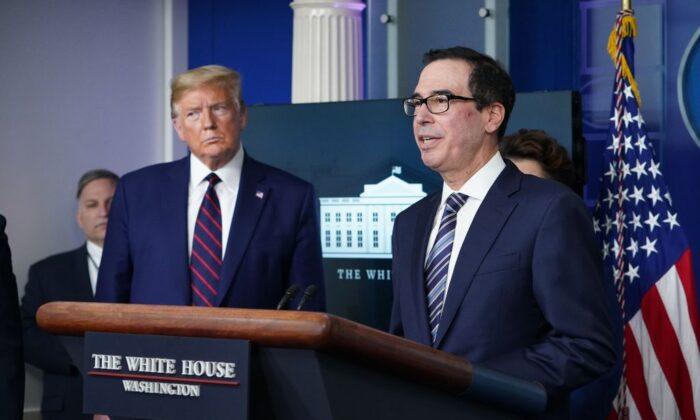

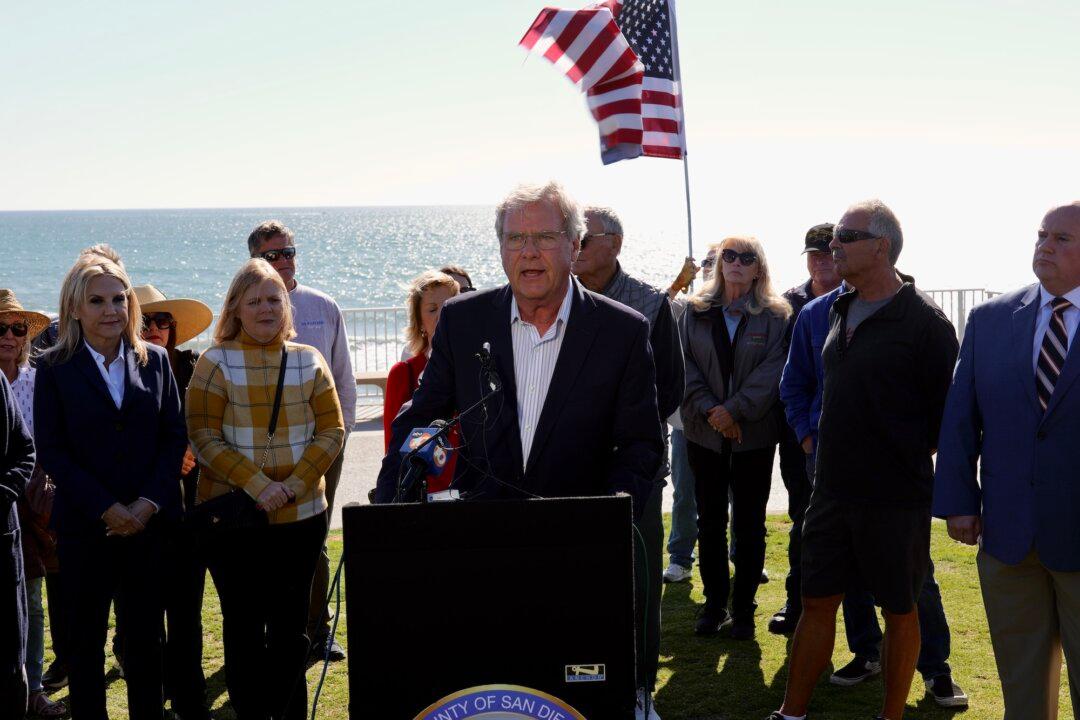
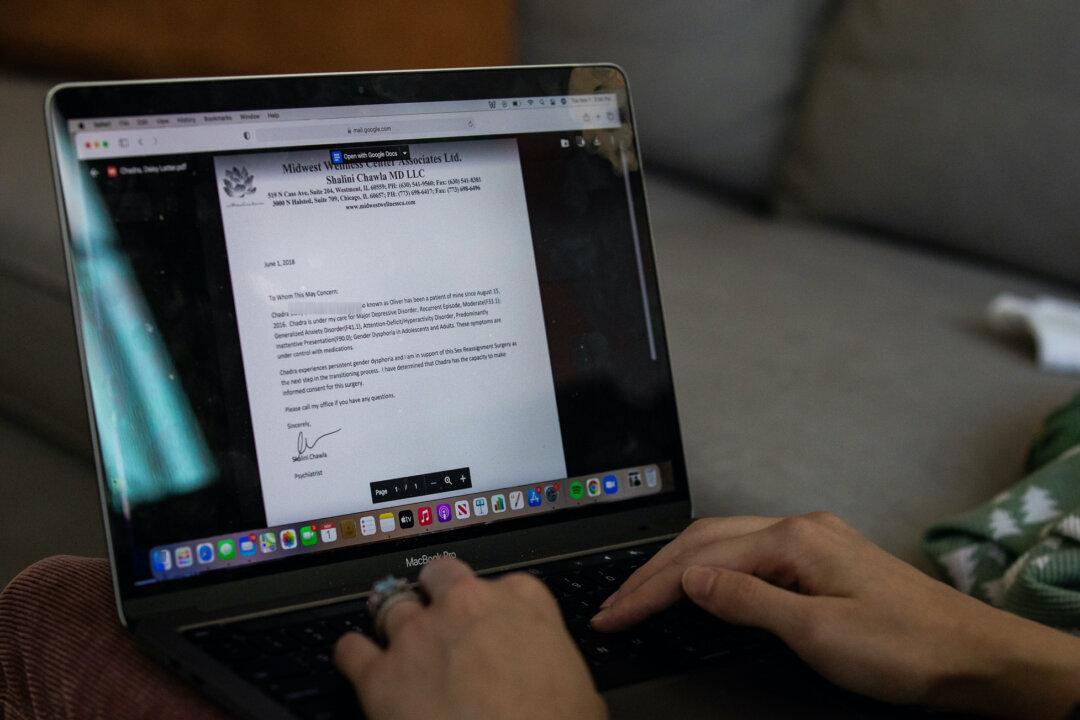
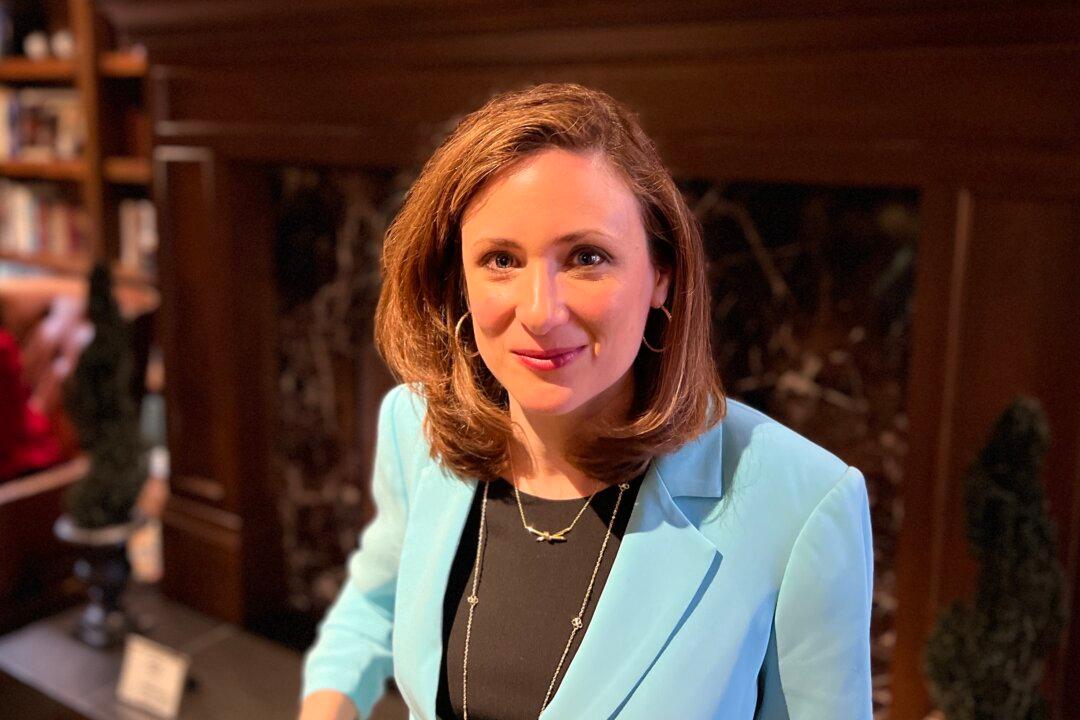
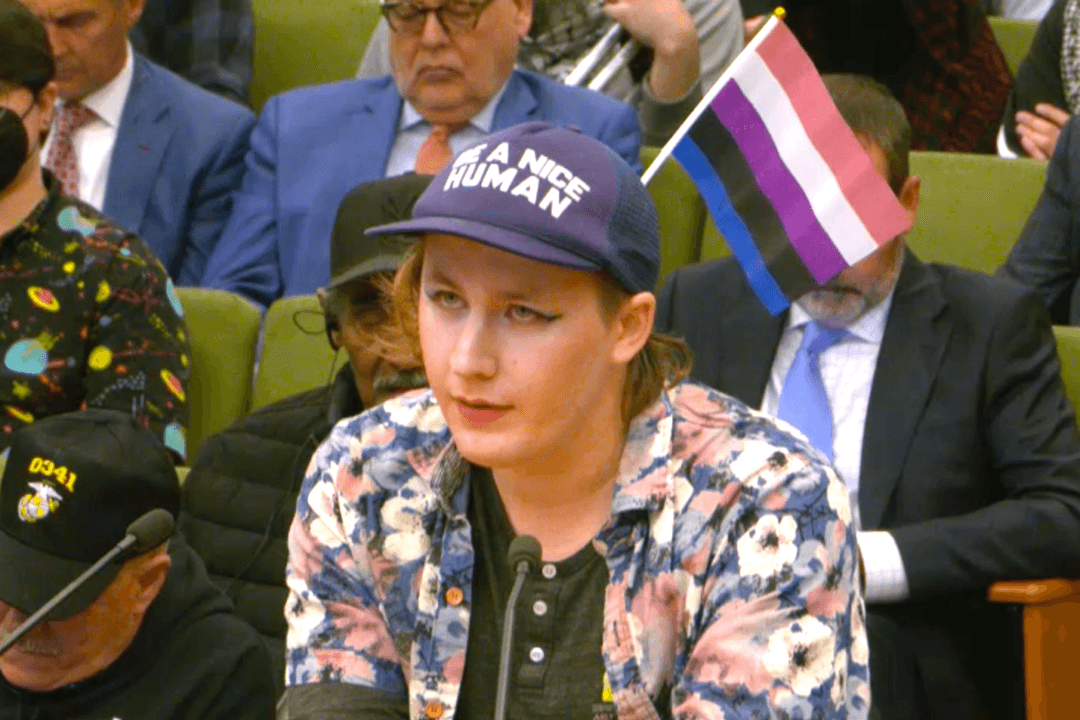
Friends Read Free